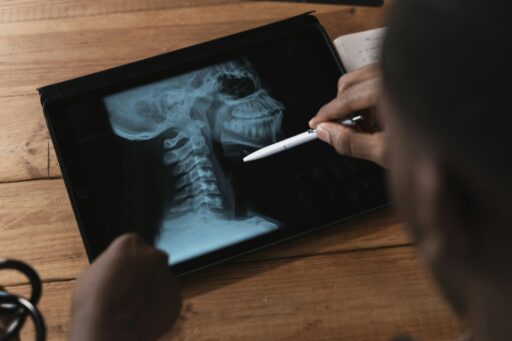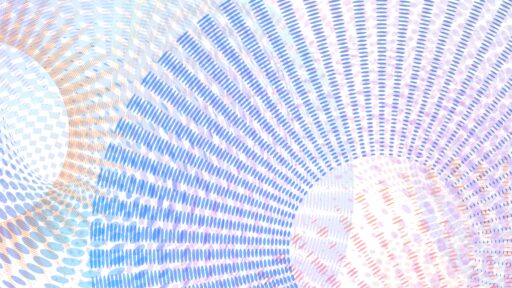News
The Ministry of Health is considering expanding the scope of practice of multiple health professionals, including physiotherapists, and is inviting comments as part of a consultation process.
The ministry made the announcement on September 17, 2025.
The proposed changes would allow physiotherapists to order electromagnetism for magnetic resonance imaging (MRIs) and to order the application of soundwaves for diagnostic ultrasounds. The ministry is also seeking feedback on which X-rays physiotherapists should be allowed to order and if physiotherapists should be authorized to order CT scans.
No changes to scope of practice have been made at this point.
The Ministry says it is considering these changes as a way to improve access to care, reduce pressure on the health-care system and allow providers to work to the full extent of their training and expertise.
The College fully supports giving physiotherapists the authority to order diagnostic imaging procedures and welcomes the news the Ministry is consulting on the topic.
Consultations close on November 3, 2025.










Of course. PTs can be allowed to order xray and ultrasound.
Thank you for the change in the air.
Good morning,
My name is Ven, and I work at Health Sciences North in Sudbury, Ontario, as an Advanced Practice Physiotherapist (APP) in stroke care. At HSN, the APP role in stroke services was formally established a few years ago and has since been recognized and supported by the Ontario Health Innovation Fund, which explicitly includes APP contributions in stroke pathways.
I would like to contribute to the current discussions on expanding the physiotherapist’s scope, particularly in ordering diagnostic imaging. In stroke care, timely access to imaging is critical for accurate diagnosis, safe triage, and effective treatment. Evidence from other jurisdictions demonstrates that physiotherapists with advanced training safely and effectively order and interpret imaging studies within defined clinical pathways. For example, studies in musculoskeletal and orthopaedic settings in the UK and Australia have shown that physiotherapist-led imaging requests are appropriate, cost-effective, and reduce wait times without compromising safety. Similar models could be adapted for neurological and stroke care, where rapid decision making is essential.
Embedding APPs with the authority to order diagnostic imaging in stroke/neurological services could enhance patient safety and system efficiency. This approach aligns with international best practices and Canadian health system priorities of timely access, interdisciplinary collaboration, and optimal scope of practice utilization.
I have also spoken with my clinical manager, who is very supportive of this bill and has encouraged me to work on integrating diagnostic authority into the APP role in stroke care. I am confident that physiotherapists with the competencies to request and apply diagnostic imaging will improve outcomes not only for stroke patients but also for those with other neurological conditions.
Thank you for your leadership in advancing these important scope-of-practice discussions. I would be pleased to provide further input from our experience at HSN, including support from senior leadership, if needed.
Sincerely,
Ven
Venkadesan Rajendran, PT, PhD, MEd, GCStroke, MPT (Neurology), BPT
Advanced Practice Physiotherapist, Medicine and Stroke, Health Sciences North, Sudbury, Ontario
Assistant Clinical Professor, NOSM University, Sudbury, Ontario
Email: vrajendran@hsnsudbury.ca
Support it
of course physiotherapists should be able to order Xrays and CT scans